With the year so front-loaded with massive releases, it’s easy for an indie gem to slip through the cracks. However, the curious Steam browser may have stumbled across Yuta Yamamoto’s unassuming STRANGE TELEPHONE, a redux of a mobile game from 2017 that’s riding high on an impressive user score and a fair amount of Let’s Play Buzz. At first glance, STRANGE TELEPHONE seems a lot like YUME NIKKI, the famous Japanese indie that saw its own 14-years-coming release on Steam last year, in addition to a 3D adaptation, DREAM DIARY.
Unfortunately, DREAM DIARY proved to be an unpleasant surprise for the then-Crossfader staff, so expectations were appropriately cautious when it came to Yamamoto’s stylistic peer. Thankfully, while it takes a bit of time to acclimate within STRANGE TELEPHONE’s hyper-bizarre world, it’s ultimately charming and unique enough that you’ll wish there were more to explore after its scant runtime runs its course.
You play as Jill, a young girl who awakens in a mysterious dream world, with no context or explanation as to how she got there. Dropped outside of an ominous door that guards the way back to reality, you have a lantern, a sentient telephone named Graham, and a phone book of six-digit numbers by your side. Using the strange telephone in question, you must travel through whatever stages you conjure up with a unique six-digit number, searching for clues that will help you solve puzzles in the hopes of eventually opening up the door back to your world.
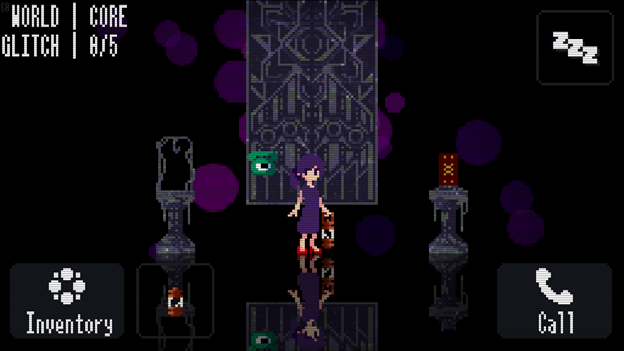
Nothing TOO out of the ordinary
As you can probably tell, STRANGE TELEPHONE is definitely a game you experience more than play. The “game” elements in question are mostly relegated to point-and-click, with a slight ticking clock added by a slowly-filling “glitch meter” that will boot you to the top when full and the occasional appearance of a Grim Reaper sprite that will trigger a death screen. In short, those looking for high-octane thrills will have to search elsewhere, but in the way that YUME NIKKI and LSD: DREAM EMULATOR captured audiences based on surreal imagery alone, it’s more than easy enough to find yourself engrossed as you explore the psychedelic menagerie of locales on display.
This is due in large part to the core mechanic of the game, which admittedly, I took a bit to warm up to. The first two numbers to dial are given to you, but after that you’re entirely on your own in terms of what to call to access which stage. This can be frustrating at first glance, as especially if you neglect to remember to save the numbers of key stages in your phone book, you’ll find yourself hopelessly dialing random digits, praying to land on whatever stage it was that featured that bunny who needed rocket fuel to return to his homeworld (yeah, it gets pretty weird).
But after awhile, you realize this is part of the appeal, as in some ways it’s refreshing to be given so little guidance that the world is your oyster, for better or worse. In an era of death-gripped hand-holding on behalf of many developers, it’s a nice break to leisurely stroll through the nigh-infinite permutations on display, encountering a menagerie of alien lifeforms to add to your library, and even after achieving the two “true” endings, I was eager to jump back in to explore the more obscure nooks and crannies simply for the chance to walk around more.
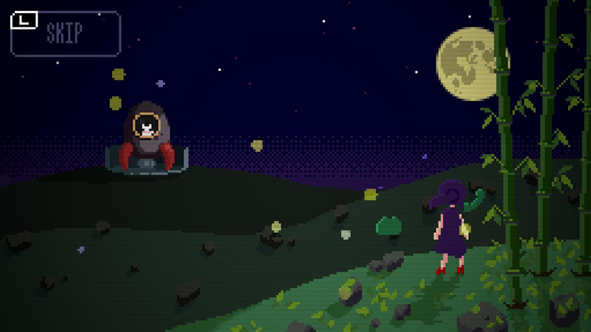
One small step for this bunny, one giant leap for rabbitkind
However, it’s important to keep that relaxed energy at the forefront of your mind, as the puzzles can be rather obtuse, which does admittedly fit the overall aesthetics and dream logic of the game. Especially considering the trial-and-error method of reaching areas of importance, I can’t imagine the player who’s not going to turn to a walkthrough at one point or another for a hint. No set-up is entirely nonsensical, and none of the solutions are so far-fetched that you’ll throw your laptop away in rage, but there are certainly some head-scratchers presented within, especially if you’re trying to wrap up the secret endings. Nevertheless, the overall presentation is endearing enough to assuage any flare-ups of minor annoyances, with a retro-fitted style that’s a treat to look at and a surprisingly deep and varied library of chiptune-adjacent soundtracks and music cues that keep the different stages fresh.
However, there does seem to be at least a soft understanding of the game as a horror entry, which it most certainly is not. Whereas YUME NIKKI fits the bill in this regard, featuring bona fide monsters and jump scares, STRANGE TELEPHONE is at most eerie, but hardly ever at that. The creature designs can be creepy, but more in a fun, Halloween party way, and while the Grim Reaper is intimidating the first few times you encounter him, he’s fairly easily avoided. A few of the locales are mildly unsettling, mostly due to whatever music bed they come with, but it’s hard to feel too on-edge when even the locales labeled “HauntedHouse” feature a plethora of fluffy bunnies running about underfoot.
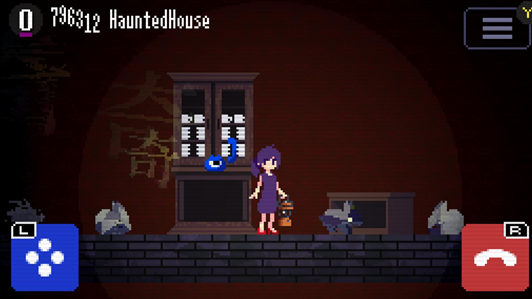
Not exactly quaking in my boots
All in all, at a cool $4.99, there’s really no reason to not give STRANGE TELEPHONE a try. A nice palate cleanser if you’re still recovering from the AAA bruisers of last year, only an indie developer could bring this vision of a severely hallucinogenic walking simulator, which is also heavily implied to be an allegory for the invention of the telephone by Alexander Graham Bell (?), to fruition in this inventive and amiable of a manner. Brimming with creative energy, just self-aware enough to have fun with it, and sporting what’s already safe to call the most unique aesthetic of 2019, Yuta Yamamoto’s earned your money on this one.


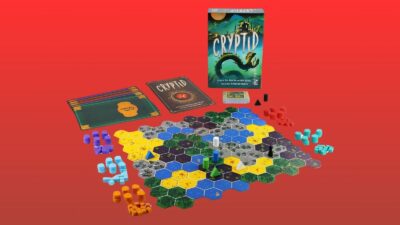
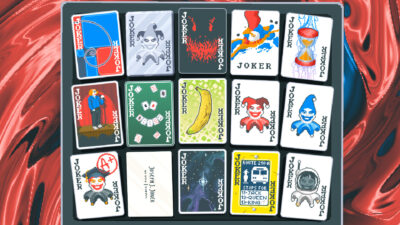

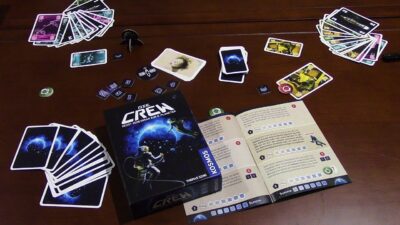










Comments